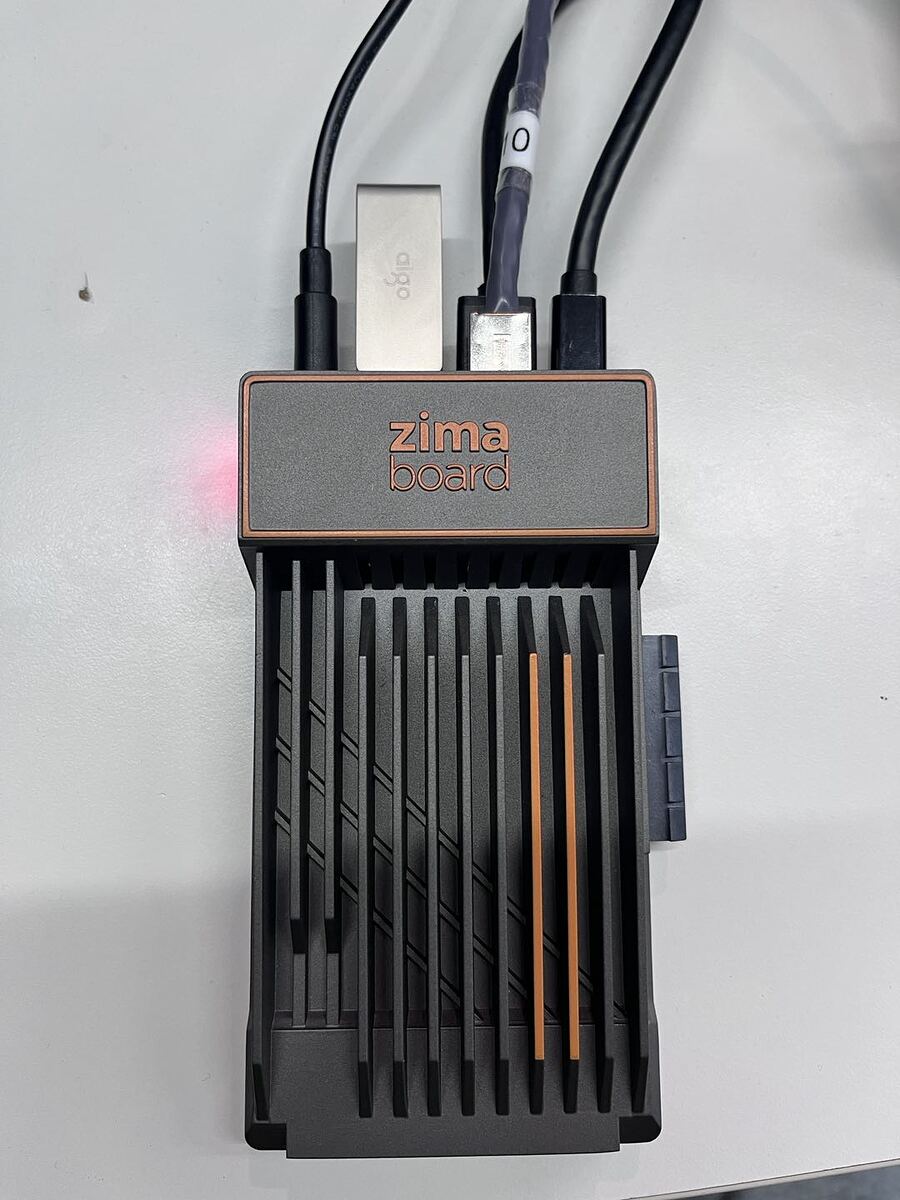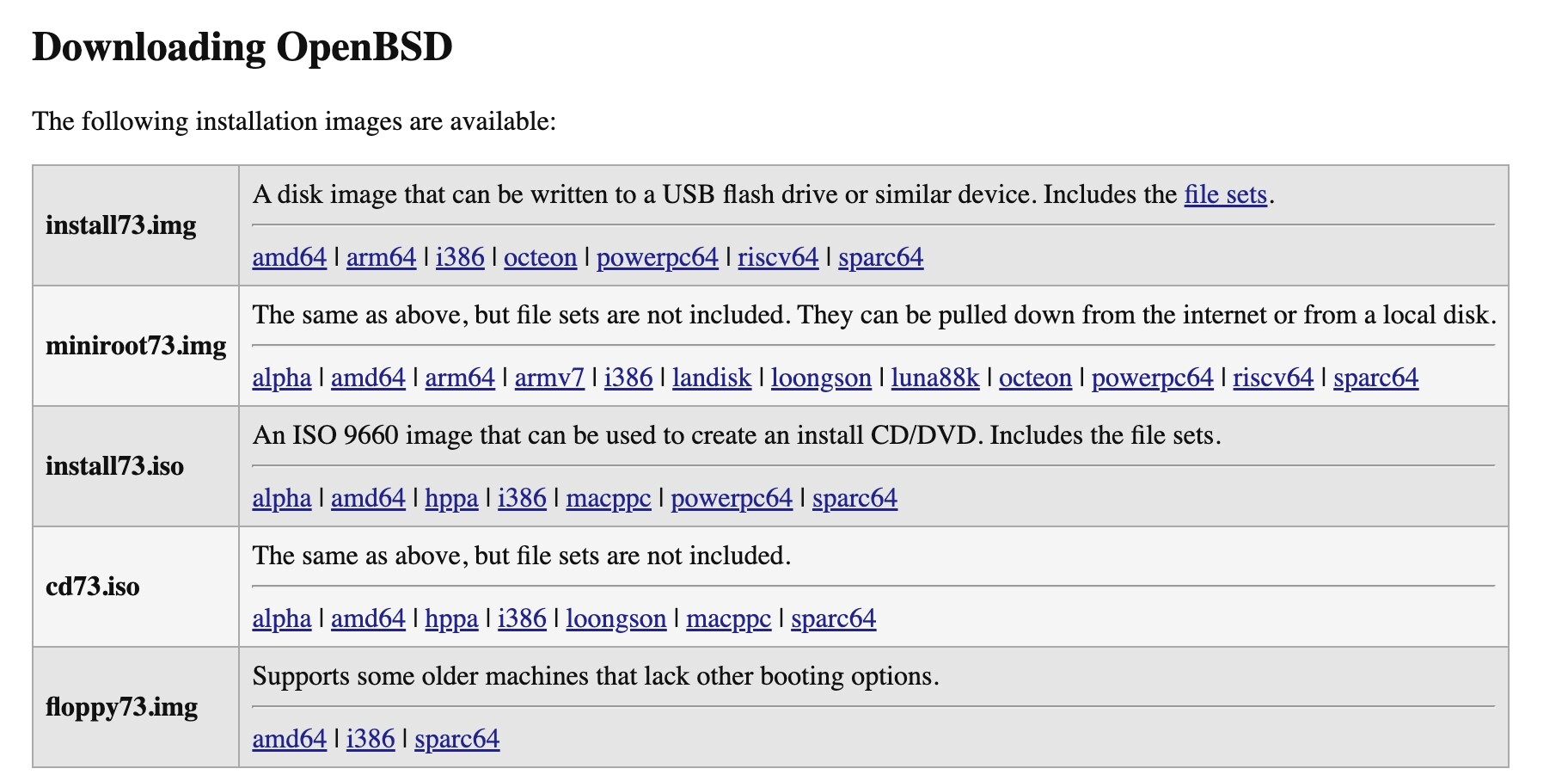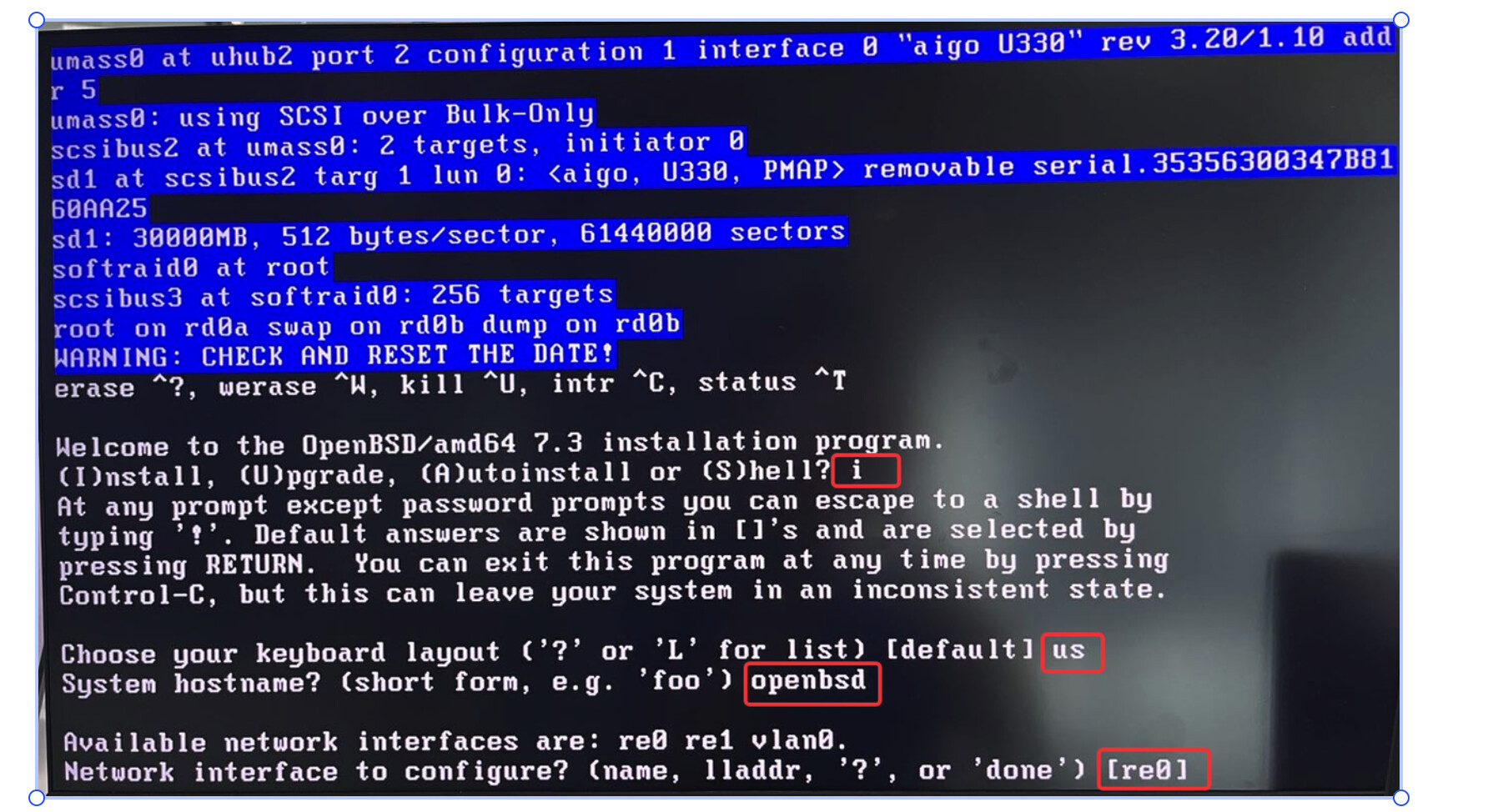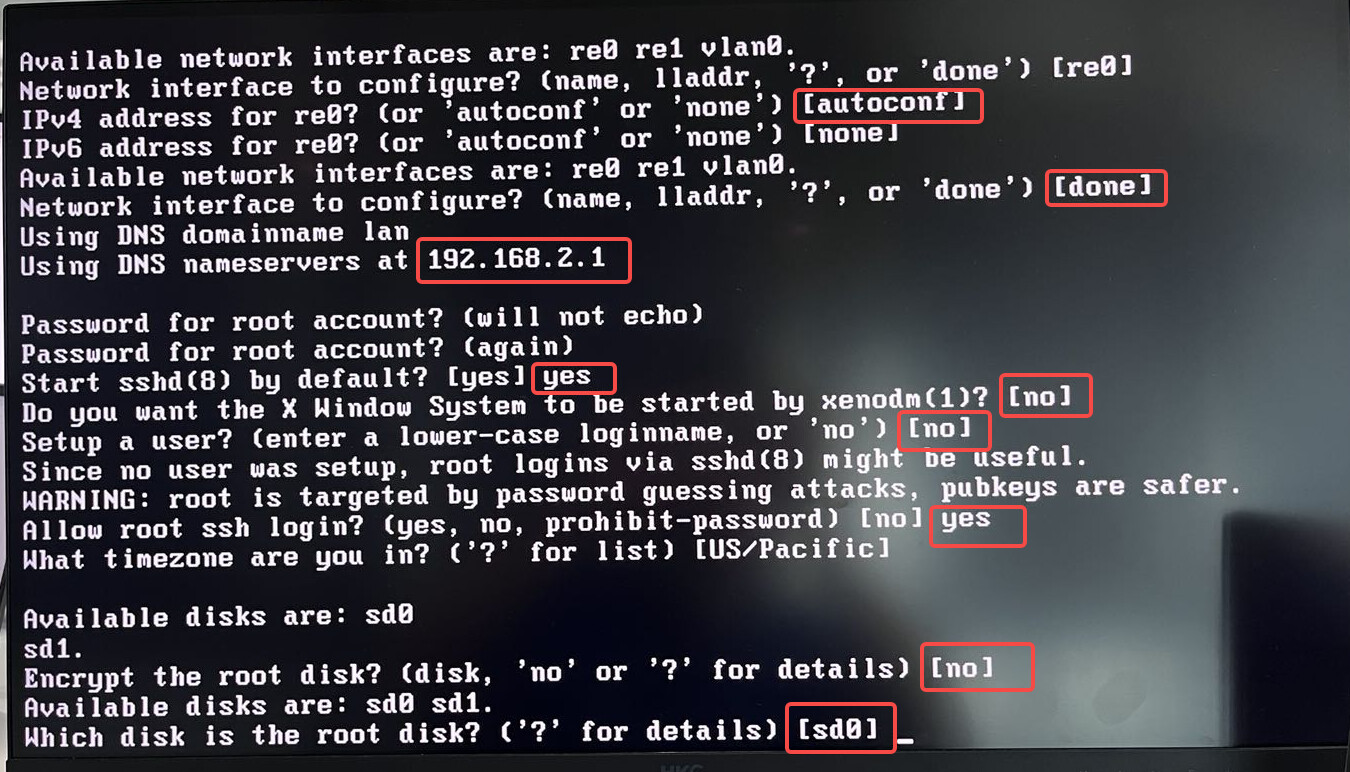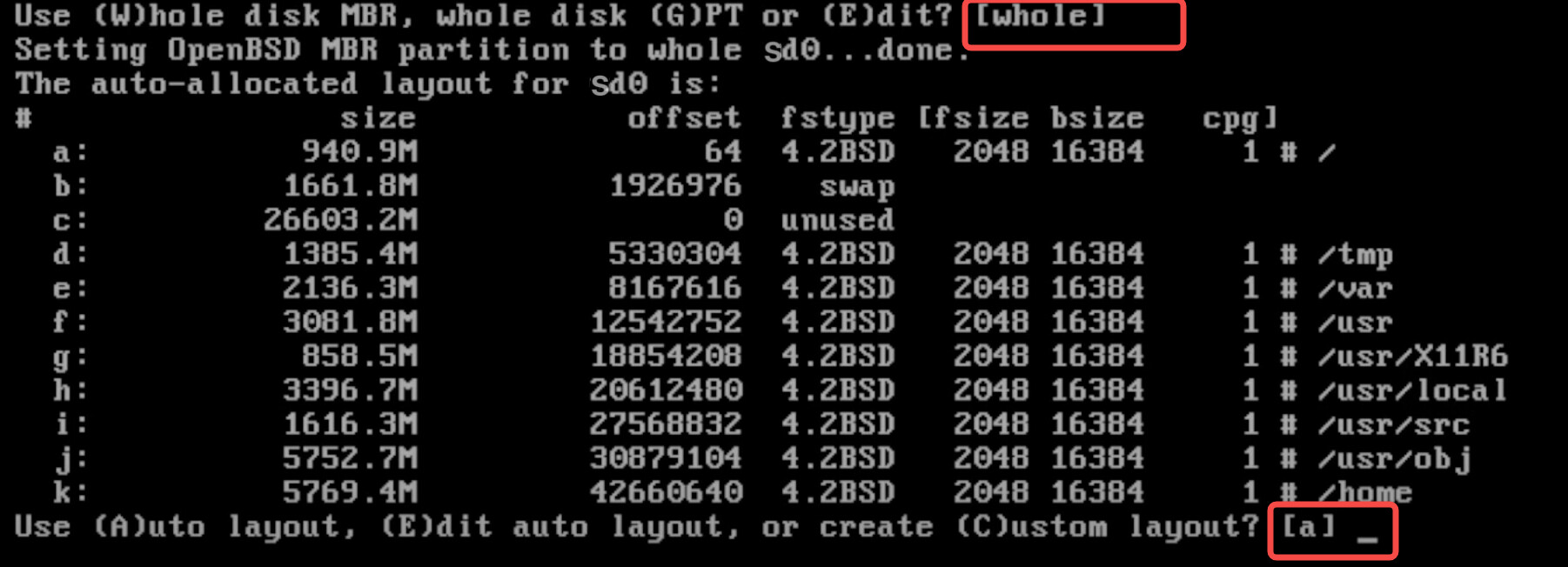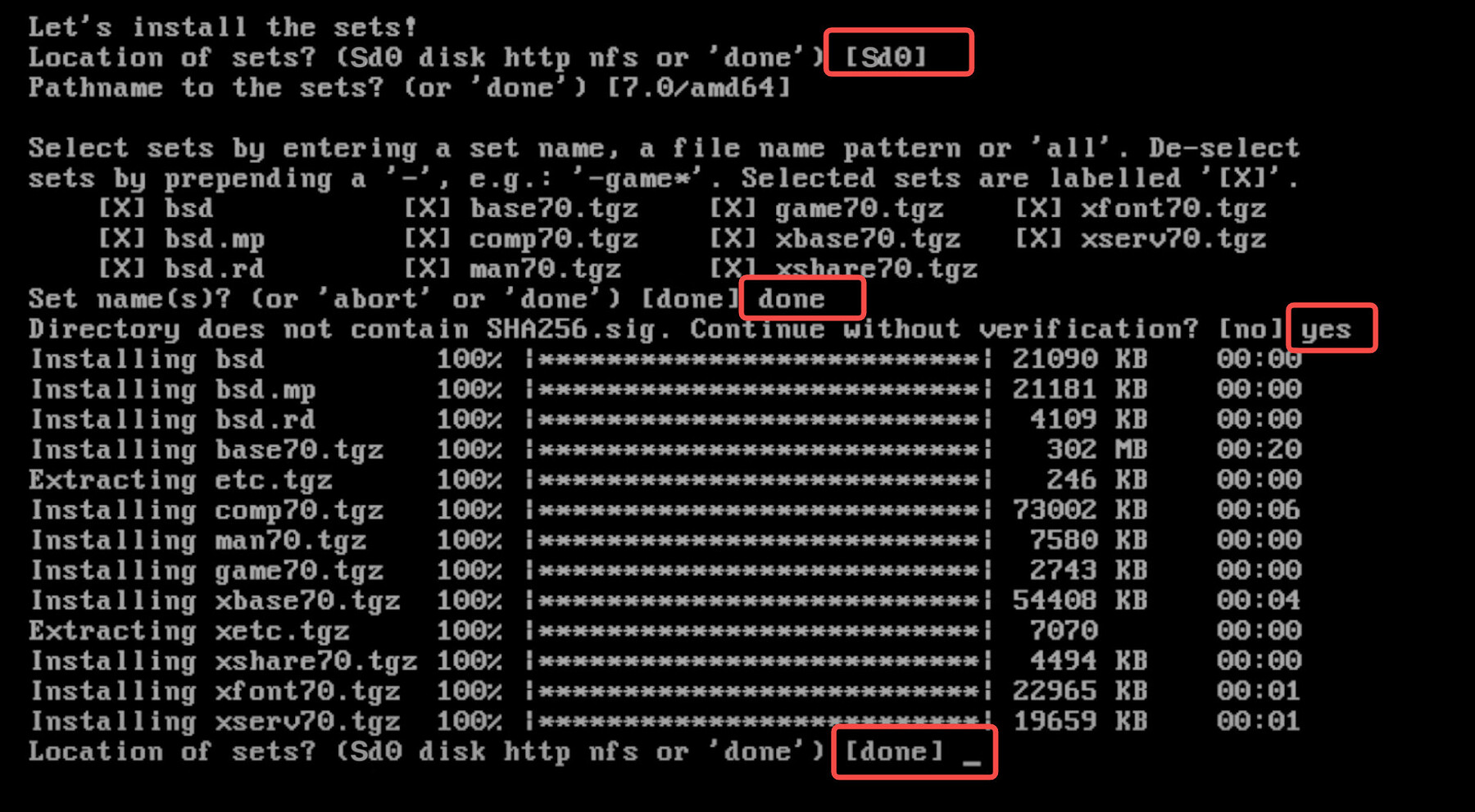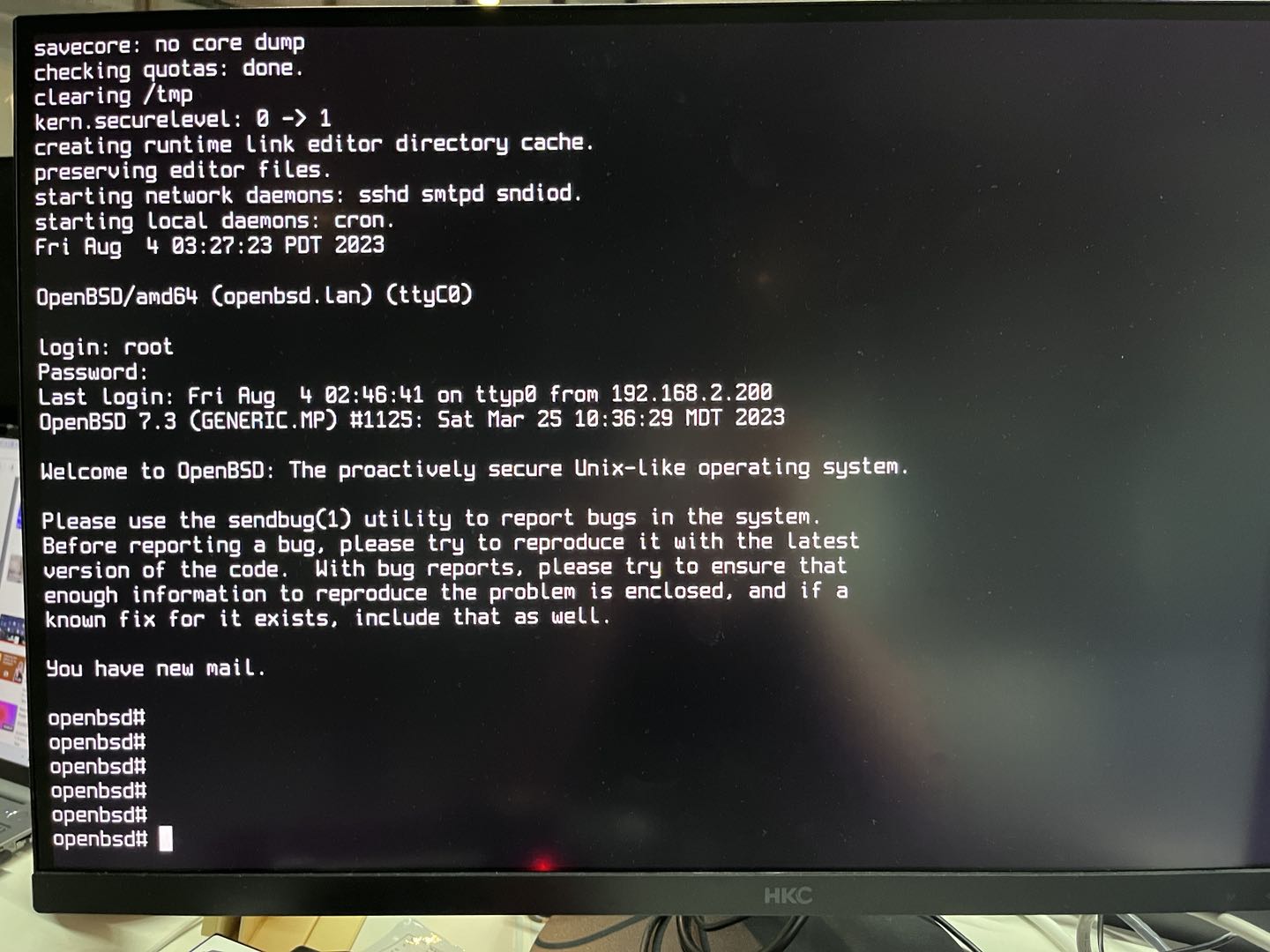Verification conclusion: Compatible
Introduction to OpenBSD
The OpenBSD project is committed to creating a free multi-platform UNIX-like operating system based on 4.4BSD Lite, emphasizing portability, standardization, accuracy, production security, and a complete cryptographic system.
OpenBSD includes some security features that are missing or optional in other operating systems. OpenBSD attaches great importance to the quality of the code, and any modification to the kernel requires a strict code review. OpenBSD fully integrates cryptographic security software to keep data safe. No other operating system enjoys OpenBSD’s high reliability record on security issues.
Equipment preparation
1 X zimaBoard 832
1 X monitor
1 X mini DP
1 X keyboard
1 X Cable
1 X U disk (as installation disk)
Brief description of the quick operation process:
-
Download the OpenBSD.iso image file, use Etcher to write this file to the U disk as the installation disk
-
Insert the installation disk into ZimaBoard, wait for the installation to complete and pull it out
-
Reboot ZimaBoard, run OpenBSD
Detailed installation process
Step1: Download the image file
Click on the official link below
Step2: Make and install U disk
Use Etcher, select the U disk device, and download the img file;
Step3: Start the installation
step:
Enter the installation interface: " I " ![]() Set the keyboard language “US”
Set the keyboard language “US” ![]() Set the system name “openbsd”
Set the system name “openbsd” ![]() Set the network interface “re0”
Set the network interface “re0”
Set the IP address for re0 (here set to automatic, dhcp) ![]() Configure the network interface
Configure the network interface ![]() Set the password
Set the password ![]() Enable ssh
Enable ssh ![]() The startup interface is not set as a graphical interface
The startup interface is not set as a graphical interface ![]() Set the user
Set the user ![]() Allow ssh to use root to log in
Allow ssh to use root to log in ![]() Determine the system time
Determine the system time ![]() Set the unencrypted hard disk
Set the unencrypted hard disk ![]() Set sd0 as the root disk
Set sd0 as the root disk
Select the format of the disk ![]() select automatic layout
select automatic layout
Configure as needed
After the installation is complete, restart the device
Log in as a user and use openbsd
Summarize:
During the installation process, the following points need to be paid attention to:
-
Partition scheme: Plan partitions according to actual needs, typically root partition/swap partition/home partition/var partition, etc.
-
Service management: gradually enable the required services after installation, and keep the services that do not need to be accessed closed or disabled.
-
Firewall: PF firewall is installed by default, and configuration rules restrict external access

